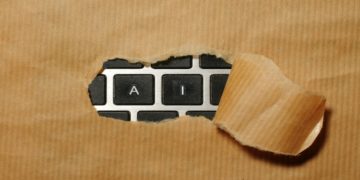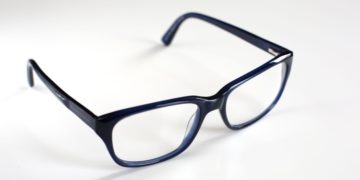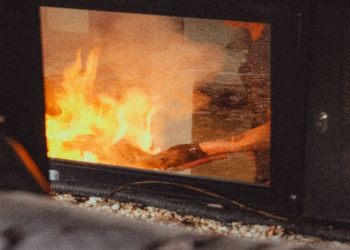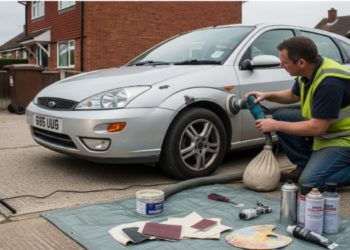If you slip on loose stairs, trip over broken pavement, or fall because of poor lighting in a rental complex, it might be more than just bad luck—it could be a sign of neglect. Whether you’re renting an apartment or just visiting, you should expect the property to be reasonably safe. Unfortunately, many injuries happen because problems were ignored, hazards were reported but not fixed, or money-saving choices left areas like walkways and entrances unsafe.
When someone gets hurt in rental housing, figuring out who is responsible can be tricky. Is the landlord to blame? What about a tenant who didn’t report the issue? Does the building manager share any responsibility? These questions make accidents in rental properties unique compared to other personal injury cases. Knowing your rights as a tenant or visitor can help you seek justice without fear of retaliation, shame, or confusion.
Landlords Must Do More Than Collect Rent
Landlords are not just people who collect rent; they also have important legal responsibilities for the properties they lease. Their duties include keeping the building safe and in good condition, making sure common areas are free of hazards, and addressing complaints quickly and effectively. This covers things like replacing burnt-out lights in hallways, fixing unstable stairs, securing loose handrails, and repairing damaged flooring.
A key point is that landlords cannot pass off their responsibility to others. Even if they hire a property manager or maintenance service, they are still legally responsible for safety. For example, if a cracked sidewalk is ignored for months and someone falls, it becomes more than just a minor problem; it shows that the landlord has failed to meet their basic legal duty.
Tenants Have Rights—Even When They Are Uncomfortable Speaking Up
Tenants often feel trapped between wanting to maintain a peaceful relationship with their landlord and needing to report dangerous conditions. Many hesitate to speak up for fear of retaliation, rent hikes, or eviction threats. Others assume that the hazard is “just part of the building” or something they are expected to tolerate.
However, silence can be costly. If a known hazard causes injury, documentation that you reported the issue—or attempted to—can protect your rights. California law protects tenants from retaliatory eviction in many situations, particularly if they report safety issues. Your safety is not negotiable, and speaking up could prevent harm to others, too.
Visitors Are Often Caught in a Legal Gray Area
When someone gets hurt while visiting a rental property, they might not know what to do. They don’t have a lease, didn’t pick the living conditions, and may feel uncomfortable making a claim against a friend or family member. However, the law protects lawful visitors, such as delivery workers, babysitters, social guests, and maintenance contractors.
The main question is: who controlled the area where the injury happened? If it was a common area, like a lobby or parking lot, the landlord usually holds responsibility. If it was inside the tenant’s apartment, both the tenant and landlord may share responsibility based on what caused the hazard. Visitors should not assume they have no rights just because they don’t live there.
The Role of Insurance: You’re Not Suing a Friend—You’re Using a System
Many people avoid filing claims because they are afraid of “suing” someone they care about. This is especially true for visitors hurt in a friend’s home or tenants injured in a small, family-owned rental. What most people don’t realize is that the claim is usually handled through a property insurance policy, not out of someone’s personal finances.
A premises liability lawyer can help file a claim discreetly, dealing directly with the landlord’s insurer to ensure compensation for medical bills, lost income, and long-term treatment. Your claim is not an attack—it’s a request for support from a system that exists to help injury victims recover. Most responsible landlords expect these claims and carry insurance precisely for this reason.
Chronic Neglect vs. Isolated Mistakes
Not all accidents are signs of long-term neglect. Sometimes, maintenance errors or sudden hazards do arise. However, repeated complaints about the same unsafe condition, like a stairway that has been broken for months or a hallway with constant leaks, tell a different story. These patterns show systemic neglect and a disregard for tenant safety.
Victims of accidents on poorly maintained properties are often not the first to be harmed. Others may have reported the issue before. Legal claims that document a pattern of landlord indifference can be more persuasive in court, especially when seeking punitive damages or pushing for broader safety reforms. Your injury may become the tipping point that leads to real change.
Evidence Is Everything—Start Gathering Immediately
One of the most powerful tools in any premises liability case is documentation. After a fall or injury, take photos of the hazard, your injuries, and the surrounding area. Ask witnesses for their contact information. If possible, file a written complaint with the landlord or property manager, and keep a copy for yourself.
Time is critical. Hazards are often repaired or removed immediately after an injury, and without photos or reports, your case can weaken. If you’re a tenant, save copies of maintenance requests, texts, or emails reporting the hazard. If you’re a visitor, ask the tenant to confirm whether the issue has been reported before. Your future claim depends on preserving the past.
The Bigger Picture: Rental Property Accidents and Housing Justice
Injuries in rental housing are not just about bad luck. They are often the product of larger issues—slumlords cutting costs, outdated buildings in disrepair, or power imbalances between tenants and landlords. In California’s tight housing market, many renters feel they cannot afford to demand better conditions. That vulnerability increases the likelihood of accidents.
When you pursue a claim after being injured, you’re not just standing up for yourself. You are also challenging an unsafe system and pushing landlords to take their responsibilities seriously. Whether you live in a luxury condo or an aging apartment complex, your right to safety does not change. Legal action is one way to demand that it be respected.











































































